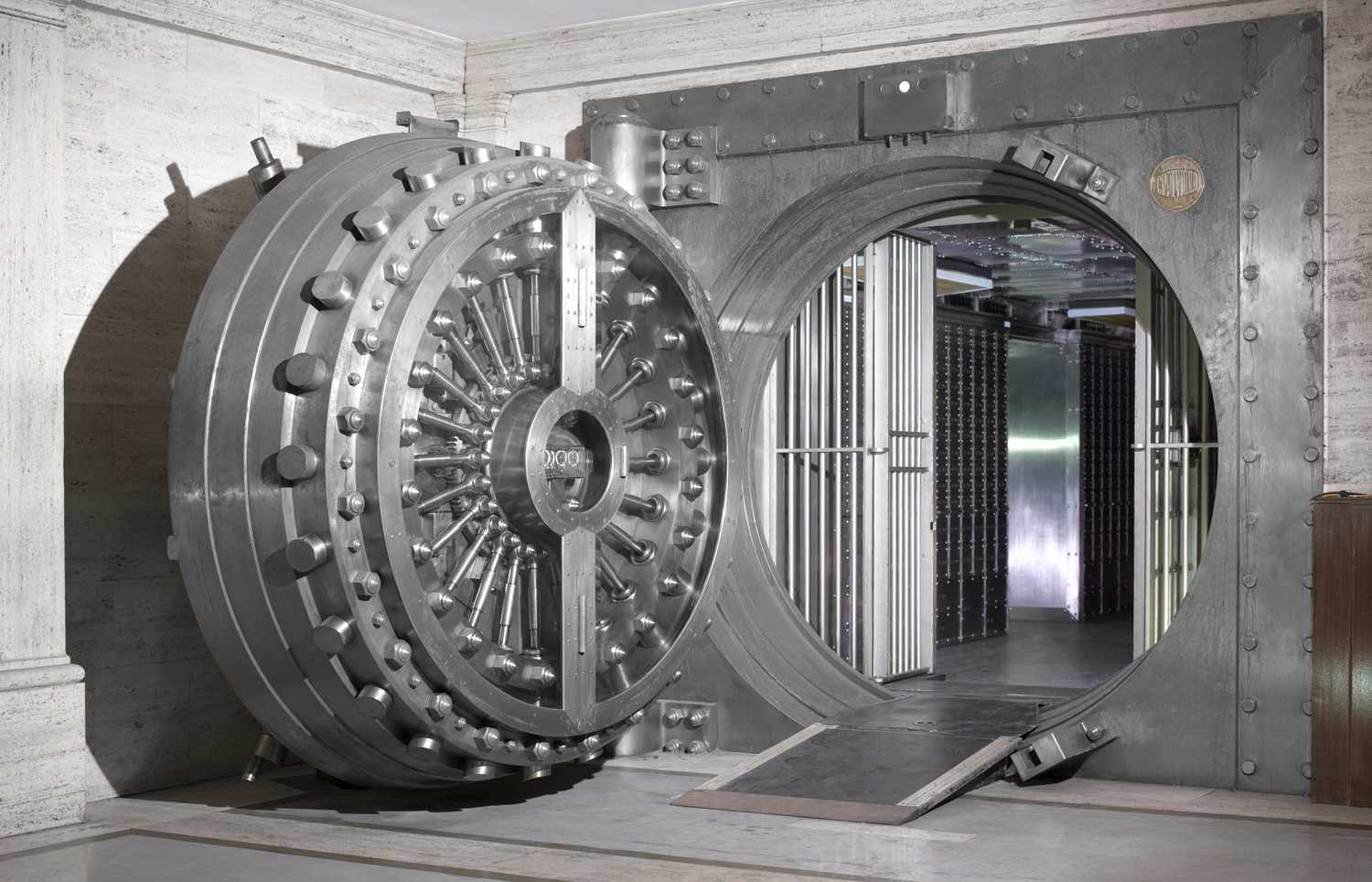Key Takeaways
- Fractional-reserve banking is a system that allows banks to keep only a portion of customer deposits on hand while lending out the rest.
- This system allows more money to circulate in the economy.
- Critics of the system argue that it creates the danger of a bank run, where there would not be enough money to meet withdrawal requests.
- The Federal Reserve is exploring the possibility of a Central Bank Digital Currency, which could change banking as we know it.
Definition and Example of Fractional-Reserve Banking
Fractional-reserve banking is a banking system in which banks hold a portion of customer deposits in reserves and use the rest in loans to other customers. This system uses money that would otherwise be idle in bank accounts for lending, allowing consumers to continue borrowing and spending, which helps the economy grow.
For example, suppose you keep $5,000 in your savings account. The bank has another customer request for a $1,000 loan. It can use fractions of all its customer’s savings to fund that customer’s loan.
note
If a country has a central bank, it is generally given the authority to influence the money supply and implement other policies to help the economy. One of a central bank’s tools is setting a requirement for banks to hold a specific amount in reserve to meet liabilities or sudden demands for cash.
How Fractional-Reserve Banking Works
The supply of money grows when banks use funds held in accounts while simultaneously lending them out as loans. For example, when you deposit money into your account, the bank shows 100% of it in your account, but it is allowed to lend some of it to other customers. This acts to increase the amount of money in the economy.
To illustrate how it works, suppose you create a brand-new economy, and you add the first $1,000 to the system.
- You deposit $1,000 into a bank account. The system now has $1,000.
- You decide that banks can lend 90% of their holdings. The bank can then lend $900 to its other customers.
- Those customers borrow $900, and you still have $1,000 in your account, so the system has $1,900.
- Customers spend the $900 they borrowed, and the recipients of that money deposit $900 into their bank.
- That bank can lend out 90%, or $810, of the new $900 deposit.
- Customers borrow the $810. You still have $1,000 in your account, and the recipients of the first $900 still have that money available in their accounts. So the system now has $2,710 ($1,000 + $900 + $810).
- The cycle, known as the “money multiplier,” continues.
Criticism of Fractional-Reserve Banking
Fractional-reserve banking works because people typically don’t need access to all of their money at the same time. You may have $1,000 available in your account, but it’s unlikely that you’ll withdraw all of it at once. If, for some reason, you need to withdraw all of your funds, the reserves from other customer accounts should be enough to cover your withdrawal if you do.
However, if everyone in the system attempts to withdraw their money at the same time, the system can collapse. Banks do not hold enough cash in reserve to give everyone all of their cash on demand—which tends to happen when customers fear that banks will fail. This is known as a “bank run.”
Due to fractional-reserve banking, bank failures during the Great Depression were catastrophic—many people lost their life savings. As a result, the Banking Act of 1933 established the Federal Deposit Insurance Corporation (FDIC), which protects deposits in participating banks, up to certain limits.
The FDIC provides a government guarantee that customers will get their money even if a bank’s investments go sour. Credit unions have similar coverage from the National Credit Union Share Insurance Fund.
note
There is a maximum insured amount for these accounts, $250,000. If you had more than that in an account at a failed bank, you’d lose any money over the insured amount.
Critics have liked fractional-reserve banking to a house of cards. They worry that there’s nothing to back the assets in the system and that the economy may eventually collapse. Many also fear that market participants will lose confidence in the system.
Alternatives to Fractional-Reserve Banking
The Federal Reserve is exploring the possibility of a Central Bank Digital Currency, the implementation of which could profoundly impact the fractional-reserve banking system as we know it.
Another alternative to a fractional-reserve system is a full-reserve banking system in which banks would keep 100% of all deposits on hand at all times. This could apply to all deposits or only those intended for immediate cash needs, such as checking and savings accounts. However, if banks are required to hold more in reserve, then less cash will be available for lending—promoting not economic growth but shrinkage.
Without fractional-reserve banking, your relationship with banks would look different. Instead of paying you interest on your deposits, banks might charge you (or charge significantly more) for their services. In the system we’re used to, banks earn revenue by putting your money to work and keeping the difference between what they charge borrowers and what they pay you as the depositor. A full-reserve system would have to find a way to compete with this set-up.
